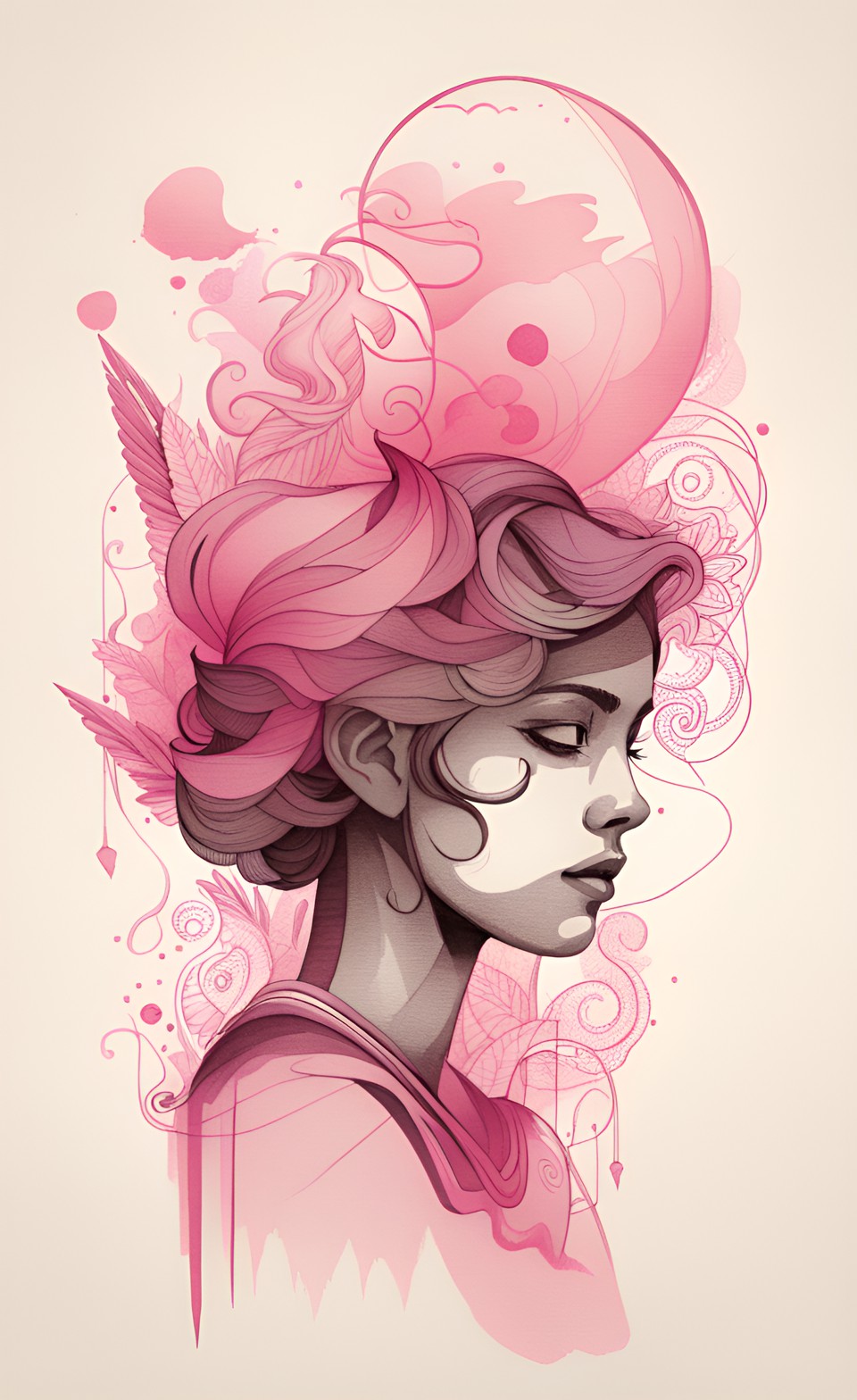Pink: psychology of hues


Color psychology
Pink is an amazing color that has powerful effects on our mind and body thanks to its connection with red.
If you’re a new reader and don’t know anything about color psychology, I suggest you read our article on the introduction to this topic by clicking here.
As usual, we can start with a list of associations:
- Femininity
- Healing
- Innocence
- Peace
- Playfulness
- Romance
- Sweetness
- Tranquility
- Warmth
Pink is a symbol of femininity and romance
This color is often associated with feminity and romance.
An example of this is the presence of pink in girl’s toys. For this reason,the color represents the child world too, making it a symbol of immaturity too.
In addition, pink is also a symbol of love, like red. However,while red represents passion, pink is a symbol of affection.
For this reason, the color is used to represent Valentine’s Day.

Relaxation and warmth
Colors affect our bodies too. In this case, the pink has two main effects:
- Warmth
- Relaxation
It’s proven that pink tends to have a relaxing effect on people.Some prisons and hospitals used this color to test the effect. However,large use of this hue can produce the opposite effect.
In addition, the connection with red shows the idea of warmth. As usual, the different shades have different effects. For example, a more intense shade increases stress.

In film and comics:
Generally, the color pink is often used to represent femininity.An example of that is Jane Umbridge from the Harry Potter movies.
Instead, in comics, pink is normally used to represent the skin. Normally is largely used in more passive charcaters.
As usual, thank you for reading this article, and if you want to support my work, consider following me on Instagram (@skollmunity) and allowing cookies so that I can activate the advertising to support me even further.For any information, here are all my personal links:
In addition all images are AI product (dream.ai)
And here are the sources used for this article: